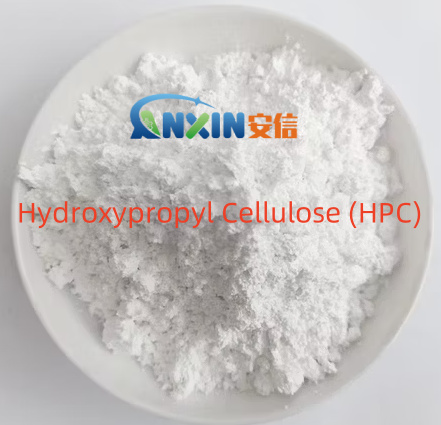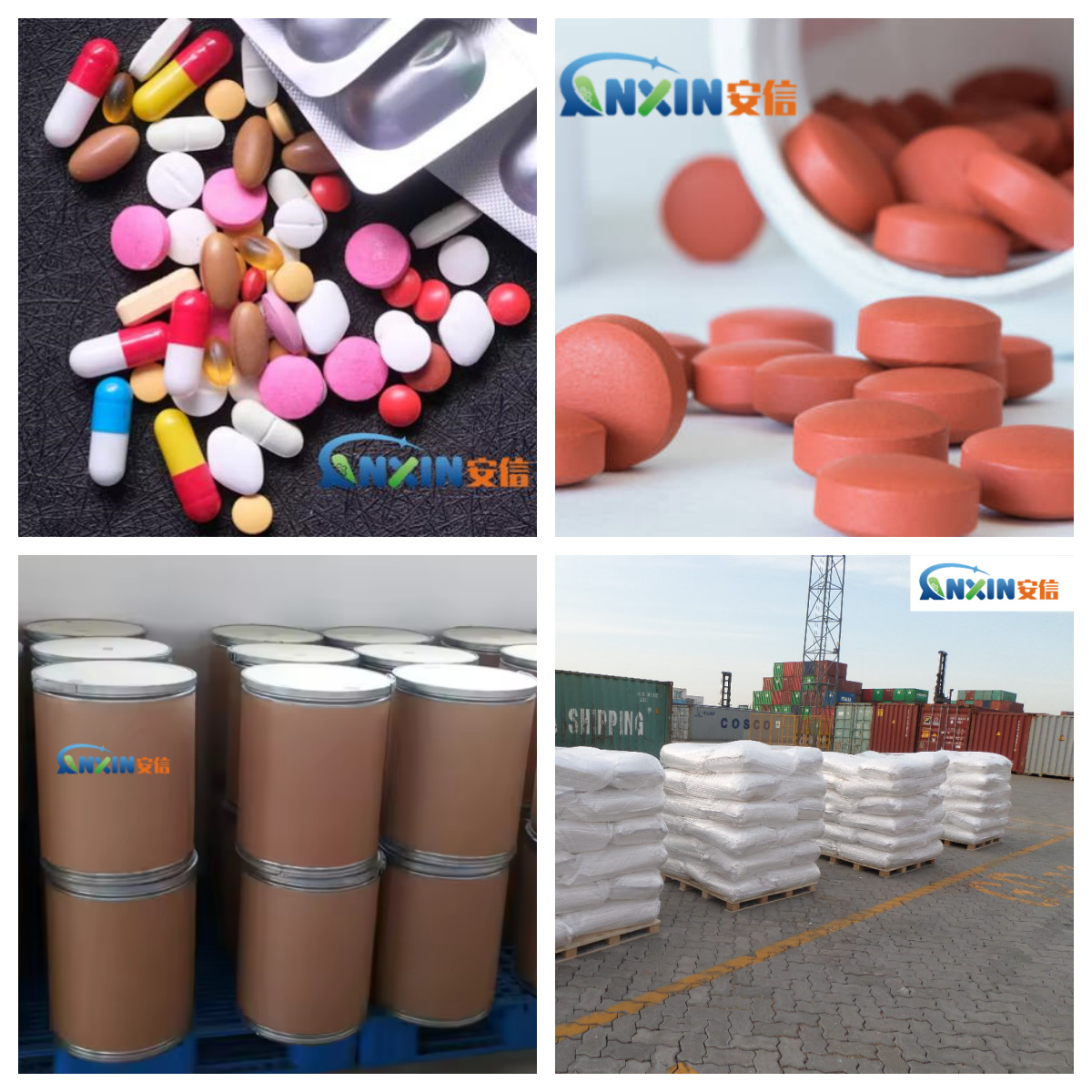Hydroxypropyl Cellulose (HPC) is a commonly used semi-synthetic water-soluble cellulose ether that plays an important role in tablet production. It is a high molecular polymer made by introducing hydroxypropyl substituents to improve solubility and processing performance based on natural cellulose. HPC has good biocompatibility, low toxicity, non-sensitization, and meets the standards of pharmaceutical excipients, so it is widely used in the pharmaceutical industry.
1. The main role of hydroxypropyl cellulose in tablets
1.1. Binder
In the tablet production process, powdered drugs and other excipients need to be formed by tableting, and the addition of binders can significantly increase the binding force between particles and prevent tablets from loosening or breaking during tableting and subsequent packaging. HPC has good compressibility and film-forming properties, and can play an excellent bonding performance in both wet granulation and dry granulation. In addition, the water solubility of HPC can make tablets quickly disintegrate and release drugs in gastrointestinal fluid.
1.2. Disintegrant
HPC will swell rapidly when it meets water, making the tablet structure loose, promoting tablet disintegration, and increasing the release rate of the drug in the body. This is of great significance for drugs that need to take effect quickly, such as antipyretic analgesics and antiallergic drugs.
1.3. Film former & Coating agent
HPC can form a transparent, flexible film with good adhesion, which is often used in the production of coated tablets. It can improve the appearance of tablets, cover up the bad smell and taste of drugs, and play an isolating role to prevent drugs from absorbing moisture, oxidizing or reacting with the environment. As a water-soluble coating agent, it can achieve the functions of quick-release, sustained-release or controlled-release coating.
1.4. Controlled/Sustained Release Matrix
In sustained-release or controlled-release preparations, the polymer network structure of HPC can control the penetration rate of water, thereby regulating the release rate of drugs. By adjusting the dosage, degree of substitution and molecular weight of HPC, the drug can be stably released in the body, the drug effect time can be prolonged, the number of dosing times can be reduced, and the patient’s compliance can be improved.
1.5. Solubilizers and stabilizers
For some poorly soluble drugs, HPC can improve the dispersion of the drug in water, thereby improving solubility and bioavailability. At the same time, it can also stabilize drug particles, prevent drug aggregation or sedimentation during storage, and extend the shelf life of the drug.
2. Application mechanism analysis
HPC molecules contain hydrophilic hydroxypropyl side chains, which can form hydrogen bonds with water molecules and quickly absorb water to swell or dissolve. When used as a binder, it forms a uniform polymer film between particles to improve mechanical strength; when used as a disintegrant, the effect of water absorption and swelling will quickly generate internal stress, causing the tablet to crack; in controlled-release preparations, HPC forms a gel layer after absorbing water, controlling the diffusion rate of the drug, thereby achieving steady-state release.
3. Advantages and characteristics of hydroxypropyl cellulose
High safety: HPC is derived from natural cellulose, has good biocompatibility and low toxicity, and is listed as a safe pharmaceutical excipient by the US FDA and the European Pharmacopoeia.
Versatility: It integrates bonding, disintegration, film formation and controlled release, and can adjust its effects as needed.
Good processing performance: It is suitable for a variety of production processes such as wet and dry granulation and direct tableting.
Wide applicability: It has good compatibility with a variety of active pharmaceutical ingredients (API) and is not prone to chemical reactions.
4. Specific application examples
Immediate-release tablets: HPC, as a binder and disintegrant, can ensure that the tablets have sufficient mechanical strength and dissolve quickly, and is suitable for antipyretic analgesic and antibiotic drugs.
Sustained-release tablets: In sustained-release preparations, HPC can control the release rate of the drug and prolong the duration of efficacy by adjusting the polymer network in the tablet.
Orally disintegrating tablets (ODT): HPC swells quickly and has a good taste, and is often used for oral rapid-release tablets that dissolve and disintegrate quickly.
Coated tablets: HPC can be used for film coating to improve the appearance, stability and patient experience of tablets.
Hydroxypropyl cellulose plays multiple roles in tablets, including adhesive, disintegrant, film former and controlled release skeleton material. Its excellent biosafety, processing adaptability and drug compatibility make it an indispensable and important excipient in modern pharmaceutical preparations. By rationally selecting and optimizing the model, degree of substitution and dosage of HPC, the tablet molding quality, drug release characteristics and patient experience can be significantly improved, promoting the development of pharmaceutical preparations towards high efficiency, safety and intelligence.
Post time: Jul-25-2025

